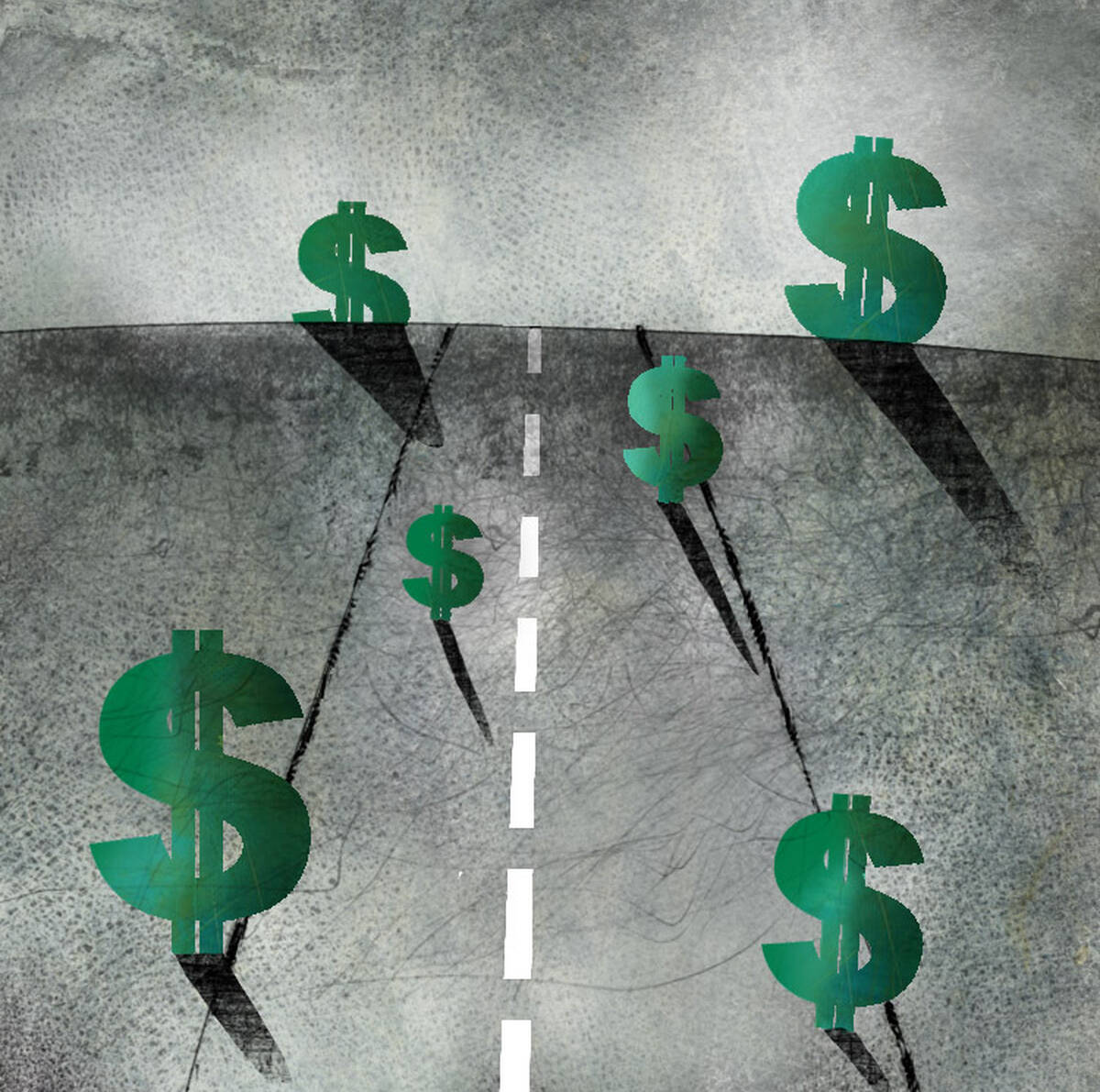Featured Faculty
Henry Bullock Professor of Finance & Real Estate; Director of the Guthrie Center for Real Estate Research; Director of the Crown Family Israel Center for Innovation

Yevgenia Nayberg
In Tesla’s earning call last week, Elon Musk said that the company could pursue a $5 billion to $10 billion share buyback. He added that “some meaningful buybacks were likely.” Musk’s comments are likely driven by the massive decline in Tesla’s stock price: companies often use this strategy to boost their stock prices.
Now that Tesla plans to join the “payout club”—that is, those companies
that pay dividends and repurchase their shares—it is time to assess the
company’s financial management. And despite the massive decline in its
stock price this year, Tesla scores highly on this professor’s
test. Musk should be commended for being in the position to even think
about buybacks at this point. When it comes to its financials, Tesla is a
straight A student.
It is hard to believe that Tesla is even entertaining a share repurchase. It feels as if it was only yesterday that Tesla was desperate for cash. In 2017, Tesla burned $1.4 billion in the last quarter of the year. A witty Bloomberg headline said it all: “Tesla Doesn’t Burn Fuel, It Burns Cash.”
But things have changed. Tesla reached a nadir in 2017, with a net loss of $2.2 billion, which flipped to a net profit of $721 million in 2020 and $5.5 billion in 2021. And while the annual numbers are not yet available for 2022, Tesla reported a net income of over $5.5 billion in the first six months of 2022—surpassing its income in the entire year of 2021. The growth in Tesla’s net income was driven by its ability to step up its operations, mostly by scaling up the production of Tesla’s best seller, the Model 3. Automotive sales grew from $8.5 billion in 2017 to $19.4 billion in 2019 to $44.1 billion in 2021. And despite capital expenditures of more than $6.0 billion, Tesla had a free cash flow of over $3.5 billion in 2021.
In 2018 investors were concerned about Tesla’s significant indebtedness, which at the time totaled around $12.0 billion in outstanding debt. But Tesla was able to turn its cash burn into a cash churn and then used the cash to redeem its highest-paying debt. For example, in 2021 Tesla redeemed $1.8 billion in aggregate principal of the 2025 Notes (seven-year bonds issued in August 2017 that paid at 5.3 percent.) As a result, by the end of 2021, Tesla’s debt declined to $6.8 billion, while its cash holdings jumped to $17.6 billion! In fact, Tesla’s net debt—that is, its total debt minus cash—is negative at -$10.7 billion, which means that Tesla can pay its debt in full and still have more than ten billion dollars left on its balance sheet: more than enough for a significant share buyback.
In 2018 investors were concerned about Tesla’s significant indebtedness... But Tesla was able to turn its cash burn into a cash churn and then used the cash to redeem its highest-paying debt.
— Efraim Benmelech
Tesla made some savvy financial decisions early on. Starting in 2013, Tesla has financed its expansion and growth using convertible debt, or bonds that can later be converted into common stock if the stock price appreciates enough. It issued $600 million dollars of convertible bonds in 2013, $2 billion dollars’ worth in 2014, $850 million worth in 2017, and an additional $1.6 billion worth in 2019. At the time, Tesla was the poster child of convertible bonds and was able to get away with offering its investors a very low coupon. For example, its five-year convertible bond issued in February 2014 was able to attract investors with a coupon as low as 0.25 percent! Investors agreed to those ultra-low coupon rates since they were attracted to the possibility that they could convert the bonds into stocks if Tesla’s stock price appreciated enough. Unfortunately, holders of the convertible bond with a coupon of 0.25 percent got unlucky: they saw their bonds mature when Tesla’s stock price fell way below the conversion price of $359.87. But everything worked out well for Tesla, which was able to raise capital at only 0.25 percent with no need to dilute its equity.
Tesla also used some unconventional strategies to enhance its liquidity. By taking deposits from customers who ordered mostly Model 3s, Tesla was able to monetize the patience and goodwill of its customers. These deposits, which amounted to $925 million by the end of 2021, serve as interest-free loans, enabling Tesla to kill two birds with one stone: enhancing its liquidity while helping to strengthen the commitments of Tesla’s loyal fans. And in recent years, Tesla has used innovative financing such as automotive asset-backed notes. Those are bonds secured by Tesla’s fleet of Model 3, Model S, and Model X vehicles under leases. Because of the security provided by the leases and other credit enhancements, Tesla was able to get away by paying a very low yield of 0.56 percent on its most senior secured note.
Tesla is facing growing competition in the EV space, which will likely erode its margins, and the risk of a recession is looming over all automakers. But Tesla is in a strong financial position, with a history of financial shrewdness and a proven record. Apple made its first share buyback in March 2012, almost 32 years after its initial public offering (IPO) in December 1980. Tesla had its IPO in June of 2010 and plans to buy back its shares only twelve years later. Tesla’s strong liquidity position and relatively little debt earned the company a credit-rating upgrade to BBB by the S&P, but its rating should be even higher. Tesla gets a very solid A for financial management—at least on my test.
*
This article originally appeared in Forbes.